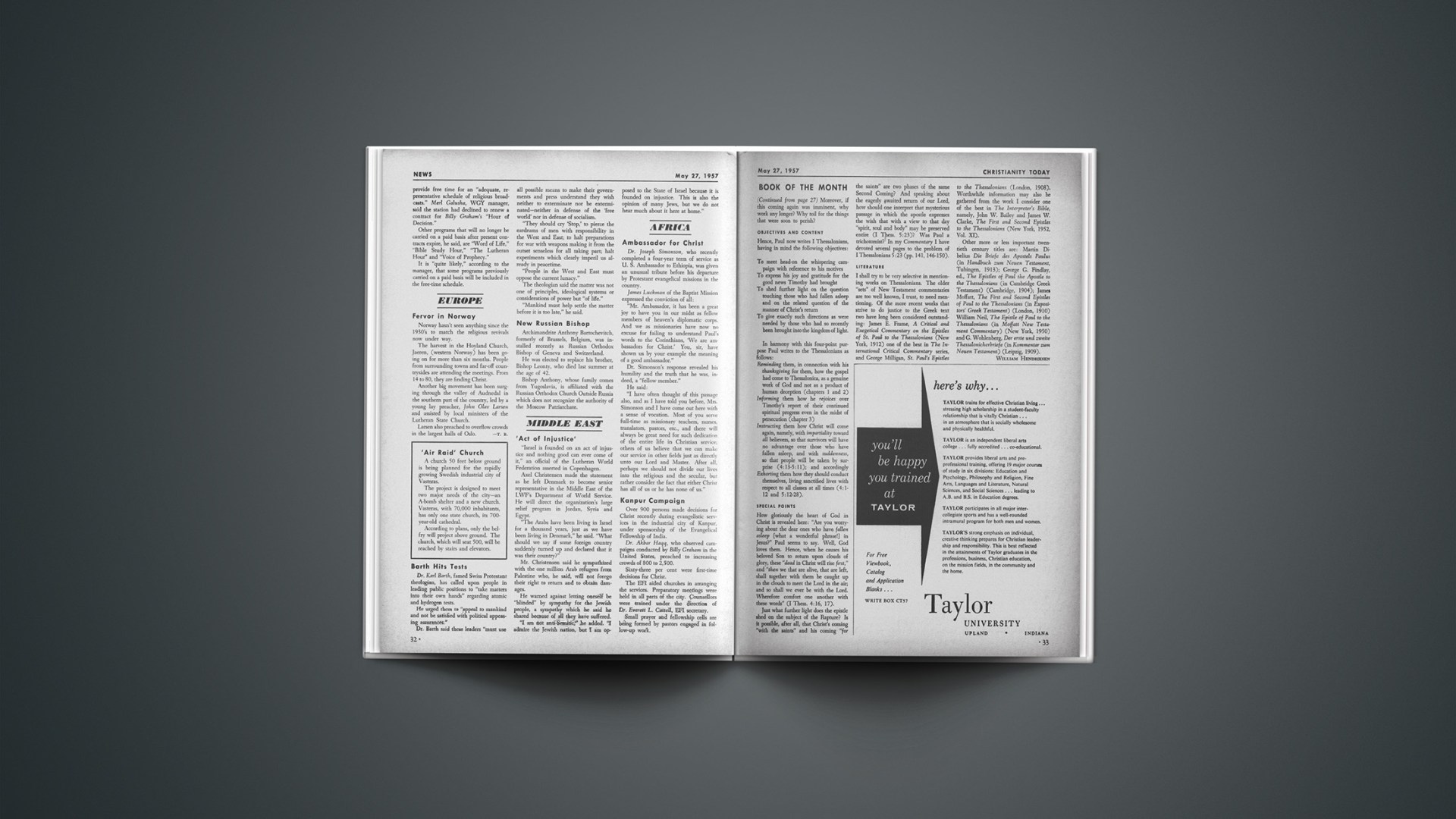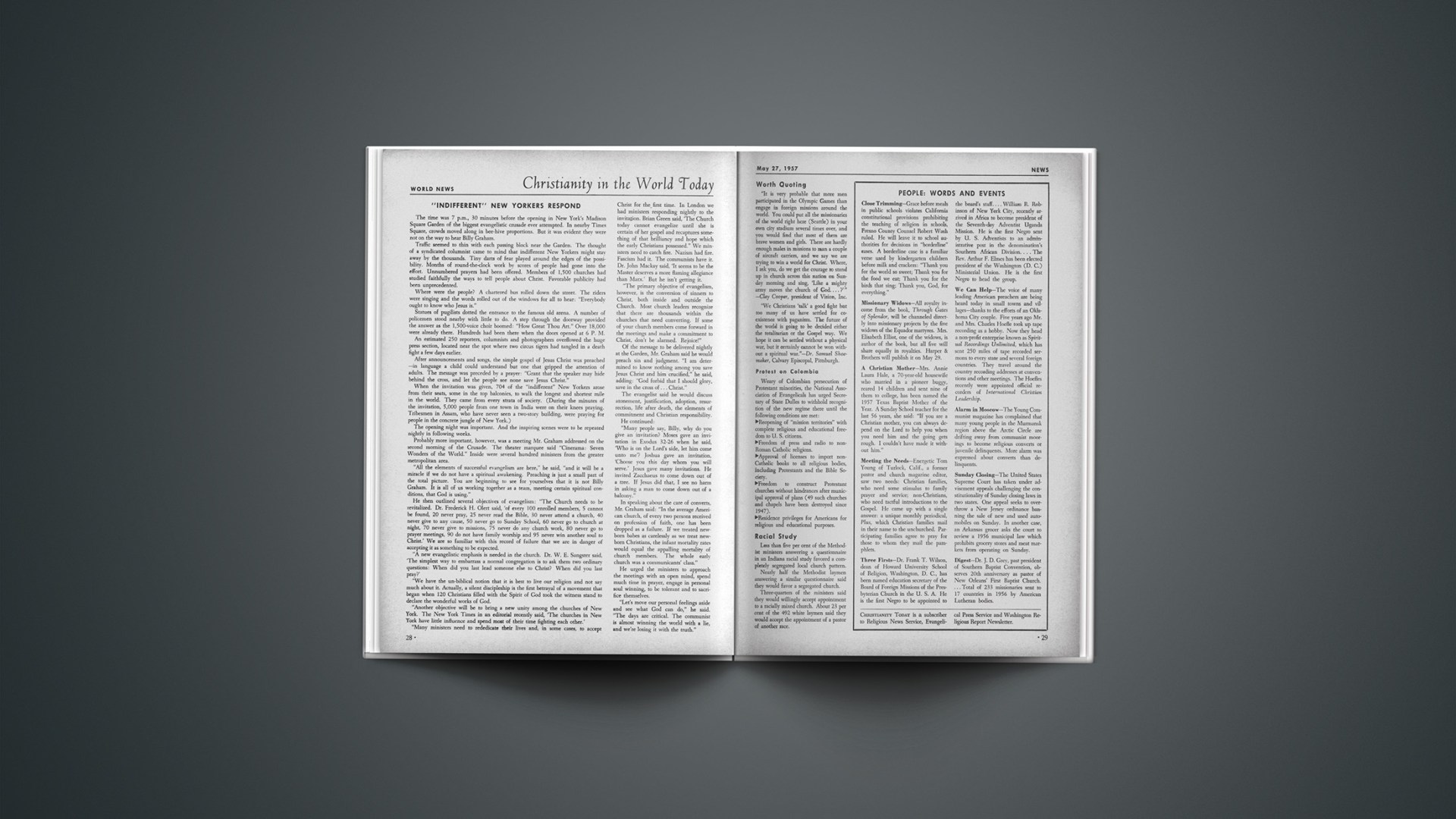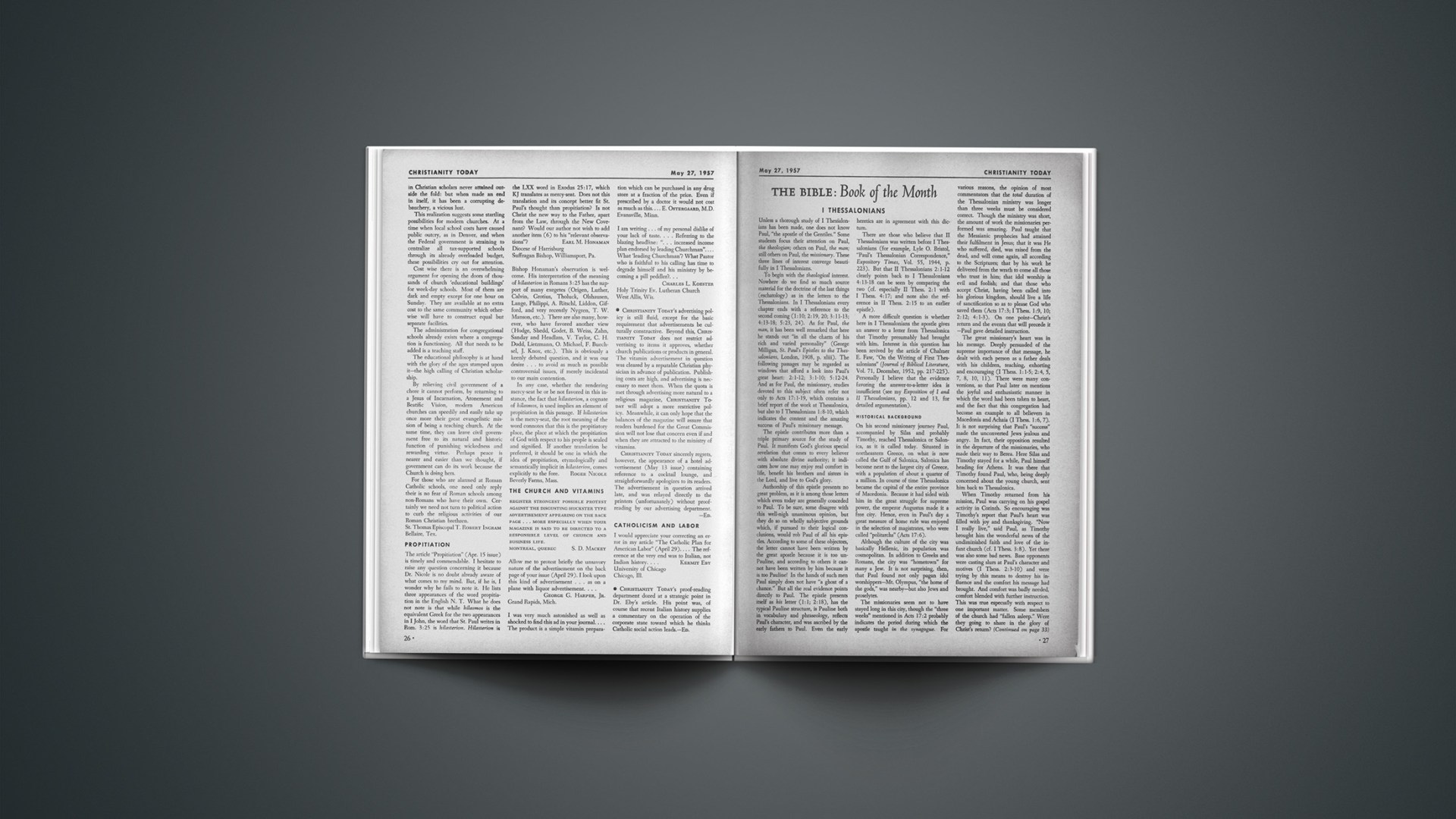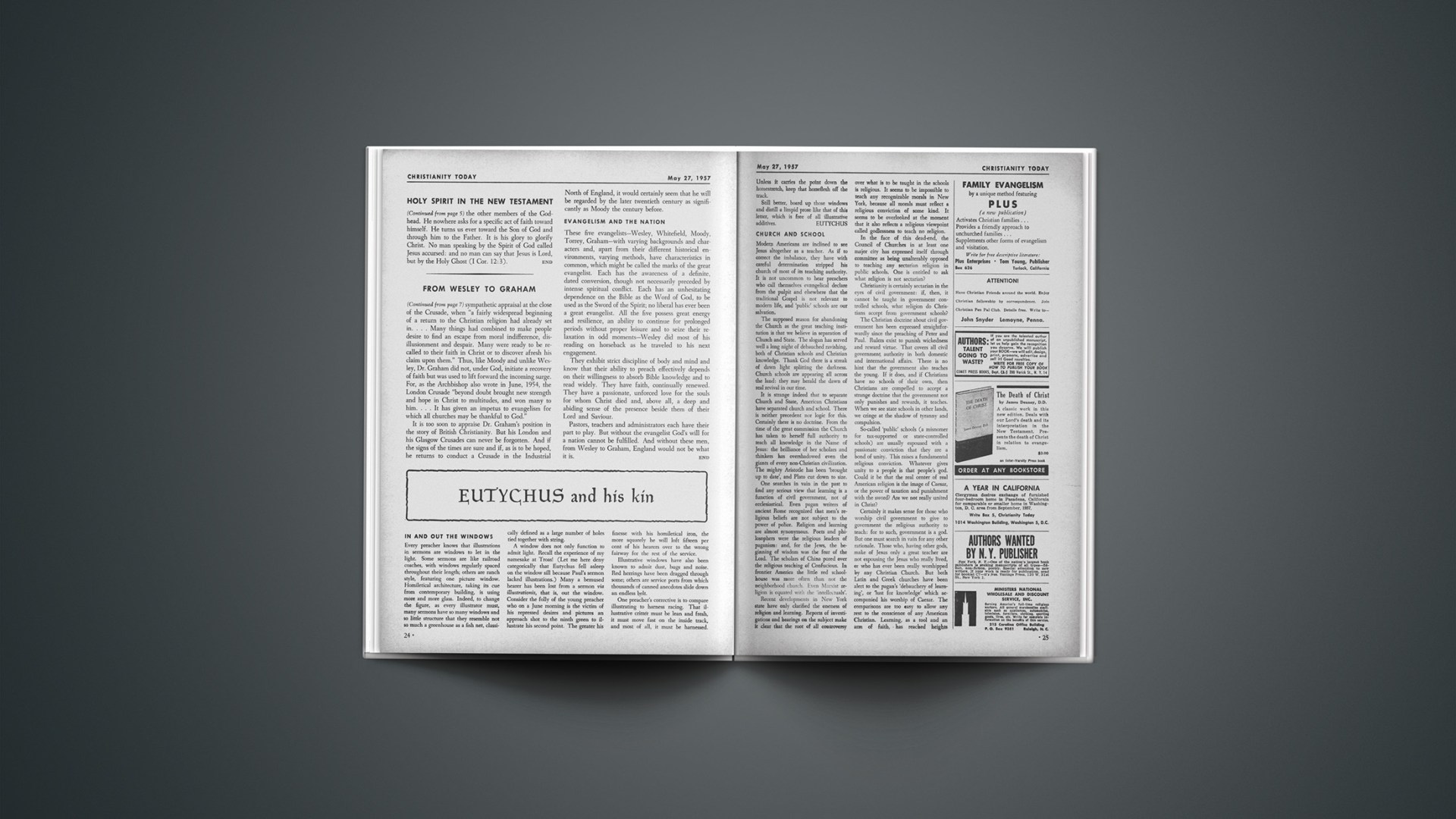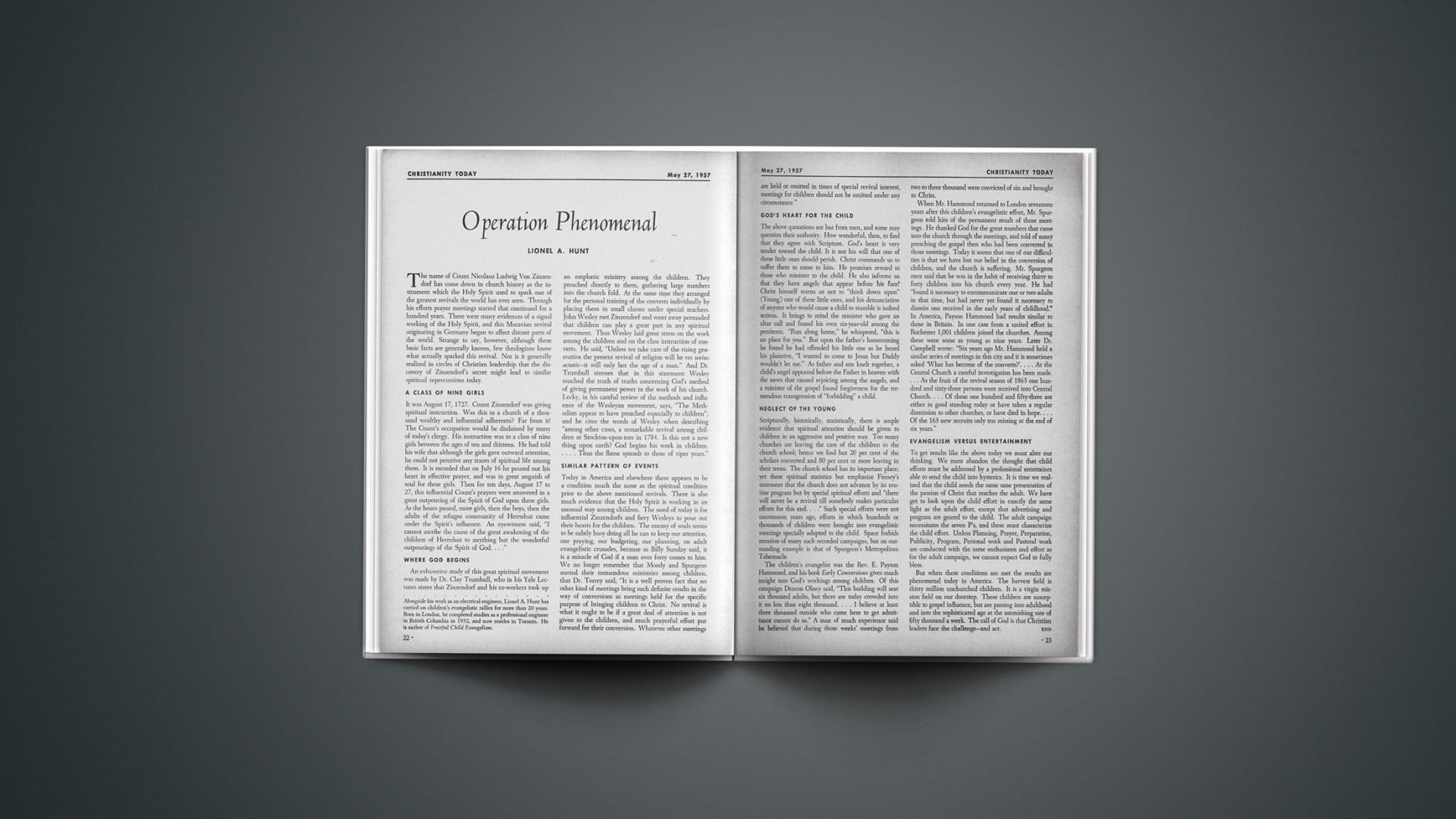In 1956 a book was published by the well-known dogmatician, Professor T. F. Torrance of the University of Edinburgh, with the title Kingdom and Church: A Study in the Theology of the Reformation. It appears to be a study of the eschatology of the Reformers: Luther, Bucer and Calvin. It can be called an important study which will interest all who are involved in the vigorous discussion on “the last things” in our time.
The problem of these last things has more than ever before regained its place in the theological discussion, a fact which is not difficult to understand, because there is no reason in the modern world to accept anymore the optimistic, evolutionistic view of many in the nineteenth century, that in the development of human, social and moral powers there would be a glorious future for the world. In the theology of our time we read again more about sin and corruption, about strange powers and destructive elements in the world and in the human soul and in catastrophic times the last things came more and more to the fore, not as a result of human forces but as the future of God in the coming of his kingdom.
Of course, this does not mean a self-evident renewal of the biblical message of the future. Everybody knows that in our time also the problem of the demythologizing of the New Testament arose, in which also the last things were included: the second coming of Christ belongs according to Bultmann to the mythological elements of the New Testament. And in Holland appeared a study from the side of a non-Christian thinker in which he tried to analyse modern thinking—also theology—as thinking without expectation of a real future. There was a tremendous one-sidedness in his book, but the question is important, whether there is in the changing of the times a real hope for the future.
It is interesting to see, in the book by Torrance, that there was a real eschatology in the time of the Reformation. In a time when the reality of church-life was taking all the time of the Reformers, there was simultaneously an outlook. Apparently there was no competition between being interested in the problems of the day and the expectation of the future.
Often in history we face such a competition: interest in the problems of the day or expectation of the future. But there is according to the Scriptures an inner connection. When Paul is writing on the real problems of the Church, he can do that in an epistle, in which he is preaching the future: his first epistle to the Corinthians. There is no competition, but the outlook for the future influences immediately the real problems of the Church. Exactly because of the coming of Christ there is an actual message for the Church and for every believer in the daily practice of Christian life.
That is what we see also in the eschatology of the Reformers. Their expectation of the future was not a threatening of their work in this world but the strengthening of their activity.
Now Torrance makes a remarkable distinction. He characterizes the eschatology of Luther as the eschatology of faith, that of Bucer as the eschatology of love, and the eschatology of Calvin as the eschatology of hope. In the light of 1 Corinthians 13 (faith, hope, charity) the division seems rather constructive and Torrance himself acknowledges that there was much in common in their eschatology, because their eschatological thinking was connected with faith, love and hope.
Nevertheless it will be good to notice the question which arises from the expectation of the Reformers in their time, which was in their conception an apocalyptic time. They were under the impression of the power of the antichrist, which they saw in the persecutions of the Roman Catholic Church and especially 2 Thessalonians 2:4 had their attention: “that he as God sitteth in the temple of God.” Even a Lutheran confession took up the identification of pope and antichrist and everybody understands that this identification influenced their eschatological thinking. Now there is a remarkable change, as far as this identification is concerned, in the following centuries and already Calvin identified the Roman Catholic Church more with the kingdom of the antichrist than with the personal pope.
But what interests us now is their being interested in the work of the Church (i. e., the unity of the church) and their eschatological outlook. That will always be the question for the Church of Jesus Christ, whether she is not only talking about today or about the future, whether she knows of the task today in the light of the future. The Reformers were occupied all the hours of the day but their eschatology was not a small closing chapter of their dogmatics but the stimulating factor in their difficult life. And when Sadolet reminds Calvin of the glorious future of Christ and asks him what he will have to say to the Lord when he is coming on the clouds of heaven (Sadolet was Roman Catholic), Calvin answers with the perspicuous message of Scripture on the task of the Church.
Love, faith and charity.… Only when the church lives in the richness of all three and never forgets that the greatest of these is charity, she will be able to live in the expectation of the future. Our century is called the century of eschatological thinking. Is the analysis right? The answer is not easy. There is a rethinking of the New Testament problems of the future, but there is also a criticizing of the New Testament message. There is a temptation of secularized eschatology again, although not in the same sense as in the optimistic 19th century. But there is another possibility: the possibility of pessimism. Optimistic eschatology expects a future from the human nature and now there is the danger that pessimism threatens every expectation and leaves the world without the responsibility which is included in the trustful message of the second coming of Christ.
More and more it becomes evident, that there is only one resistance: faith, hope, charity, these three.






